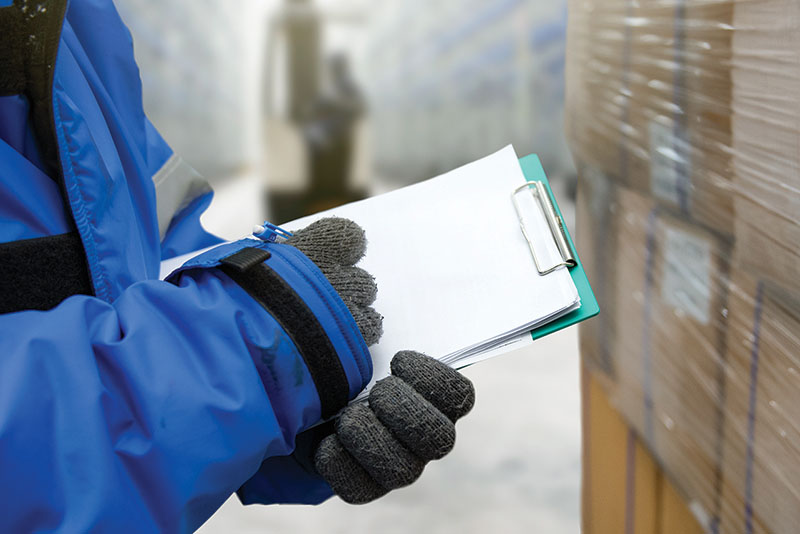The cold chain climate
With the invention of refrigeration in the last century came new options for faster, lighter construction materials and more options for shippers both domestically and internationally.
In articles and speeches, industry leaders acknowledge that transport and storage capacity will be a major challenge during the coming years. In the United States, highway and rail transport companies are acquiring more trucks, trailers and containers.
An area that really needs capacity and capability investment is the cold chain. Cold chain includes the production, storage and transport of temperature-sensitive products, and the ongoing pandemic has raised concerns about surge capability for rapid deployment of cool or cold vaccines.
Indeed, the industry quickly stepped up investments to meet the short-term demand in the health sector, and for some with strategic vision, the real threat to fulfillment promises for consumers and businesses is climate change.
Planning and investment in cold chain for many years has been the work of shippers of pharmaceuticals, fish, meat and dairy. In the 1700s, records indicate that British fisherman used natural ice to preserve their fish stockpiles. To get beef from Australia to Europe, ships would take on ice in southern latitudes to protect the majority of their cargo for journeys of thousands of miles, and a network of small “cold storage” warehouses would have very thick walls to retain cold temperatures.
According to Richard Thompson, international director of supply chain and logistics solutions at JLL, a global warehouse developer, 78% of cool and cold storage buildings in the United States today are more than 20 years old, and many were built of thick concrete limiting size and flexibility. Due in part to this aging infrastructure, in 2019 the FDA’s Food Safety and Inspection Service recalled over 20 million pounds of food produce that did not make it safely to market.
Cold chain has been a niche market for centuries, but that’s changing. “We’re seeing a growing demand from corporate occupiers, food manufacturers and grocery retailers, to serve customers directly,” says Thompson. “This direct-to-consumer, or B2C distribution channel, was accelerated by the pandemic. Historically, food distribution was strictly business-to-business, but now there’s a huge amount of investment capital committed to cold storage investing for these reasons.”
With the invention of refrigeration in the last century came new options for faster, lighter construction materials and more options for shippers both domestically and internationally. Self-contained “reefer” trailers and containers enable temperature controls from cool to frozen. And today, the transporter or third parties can offer monitoring equipment to alert product owners of a temperature change during the entire cold chain process.
Construction costs of a new cold storage cooler or freezer building can cost up to an average of $130 to $180 per square foot, while a conventional dry warehouse can range from $70 to $90 per square foot according to JLL. My recent work in this area saw quotes as high as $230 per square foot on the West Coast, and with these costs comes delays in permitting and construction as local communities fret about energy usage, traffic and relatively low pay for warehouse workers.
The steady increase in average temperatures is pushing more manufacturing firms to inquire about temperature-controlled services, especially in electronics. Our lightweight phones and many WIFI-enabled products in our homes and offices that constitute the Internet of Things have upper limits for storage temperatures.
An aluminum van parked in a receiver’s yard for a few days in 90-degree temperatures will turn into an oven, as will a small, last-mile van driving around the southern states all day. Today, it might contain electronics, food or pharmaceuticals and it’s going to get even harder to control as average temperatures climb.
More temperature sensitive products and a generally hotter climate mean that more capacity in the cold chain logistics industry is now critical. In January of this year, the national reefer outbound tender reject index was sitting at 41.22%—meaning more than four out of 10 contracted load tenders were rejected across the country.
The lead times for new specialized storage, handling, transport and tracking equipment are long. We need to get more focus on this area by government and industry, and yes, shippers will have to pay even higher premiums for temperature-controlled distribution.
In addition to asking where my order is, we will increasingly be asking: “How hot or cold did it get in transit?”













